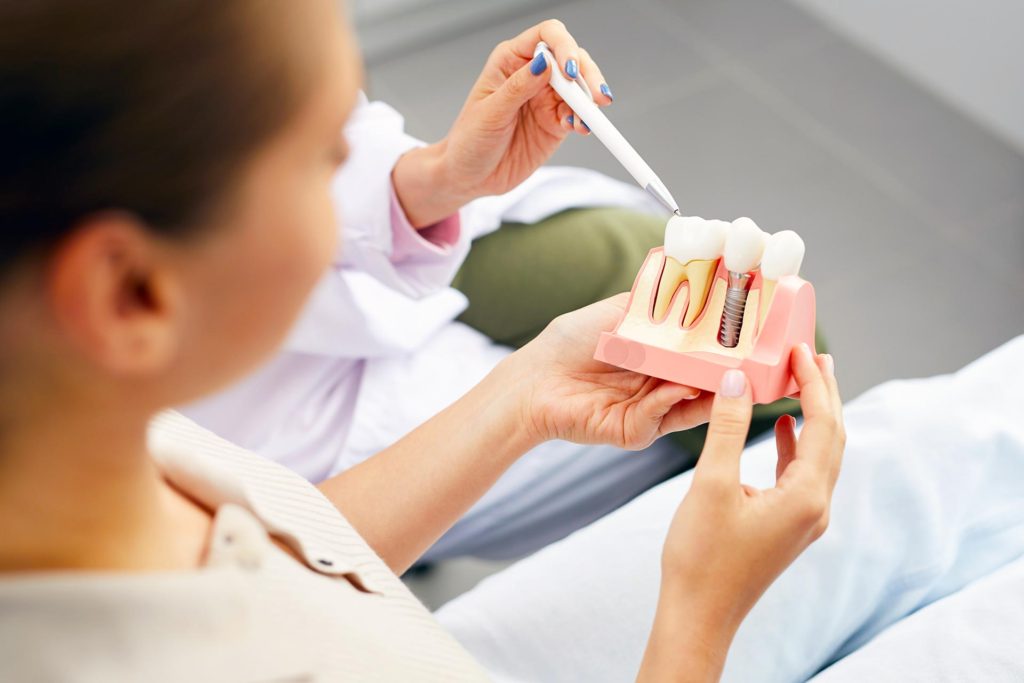
Dental implants are among the first choices of many people because they are seen as a long-term solution to the problem of missing teeth. However, over time, some patients may need to remove their implants due to unexpected complications, bone loss or problems in the surrounding tissues. This raises the question of whether implants are really permanent or can be removed if needed.
First of all, it is possible to say that dental implants can be removed even if they are “fused to the jaw”. Since the implant integrates with the bone and soft tissues in the area where it is placed, the removal process requires meticulous surgical intervention. If there is infection or severe bone resorption around the implant, the dentist or surgeon will loosen and carefully remove the implant using specialized instruments. This process requires more care than a conventional tooth extraction, but it is not impossible.
In some patients, so-called “deep pockets” around the implant can be a long-term problem. Many patients may experience complaints such as bad taste, bad breath or mild pain due to the accumulation of bacteria and plaque in these pockets over time. When the implant area is examined with X-ray or 3D imaging techniques, removal of the implant may be considered if the patient’s complaints persist even if infection or bone loss is not evident. Although implants are considered to be a permanent solution, such special cases may change the treatment plan.
After removal of the implant, the bone and soft tissue in the area undergoes a natural healing process when left largely alone. However, if there is severe bone loss, some physicians recommend bone grafting. The rapid and healthy filling of the wound can be an advantage if another treatment (such as a re-implant or alternative methods such as a bridge) is considered in the future. However, it is also common for the patient not to want to replace the implant with another implant.
The decision to remove a dental implant usually requires several stages of evaluation. In case of symptoms such as pain, swelling, gum recession or noticeable bone loss, a detailed examination with your dentist is essential. In addition, sometimes problems may not be clearly visible on X-rays or cone beam scans; nevertheless, if the patient’s complaints persist, the doctor will consider the situation clinically and radiologically together and make a final decision.
Of course, the failure rate of implants can be considered low in the general patient population. However, even with implants made of materials such as titanium or zirconia, it is possible for the body to experience adaptation problems, albeit rare. On the other hand, teeth grinding (bruxism) or poor oral hygiene habits can trigger unwanted conditions around the implant. Regular scaling, periodontist check-ups and the use of night plates for bruxism, if any, can make a great contribution to keeping implants healthy.
Eventually, dental implants may need to be removed and this is done with careful surgery. If there is a serious problem around the implant or if the body does not accept the implant, it is best to consult a specialist immediately and revise the treatment plan. Although implants are known as a long-term solution, personal factors and unexpected complications can affect the patient’s treatment journey. It is possible to avoid similar problems by choosing the right physician, regular check-ups and good oral care.





